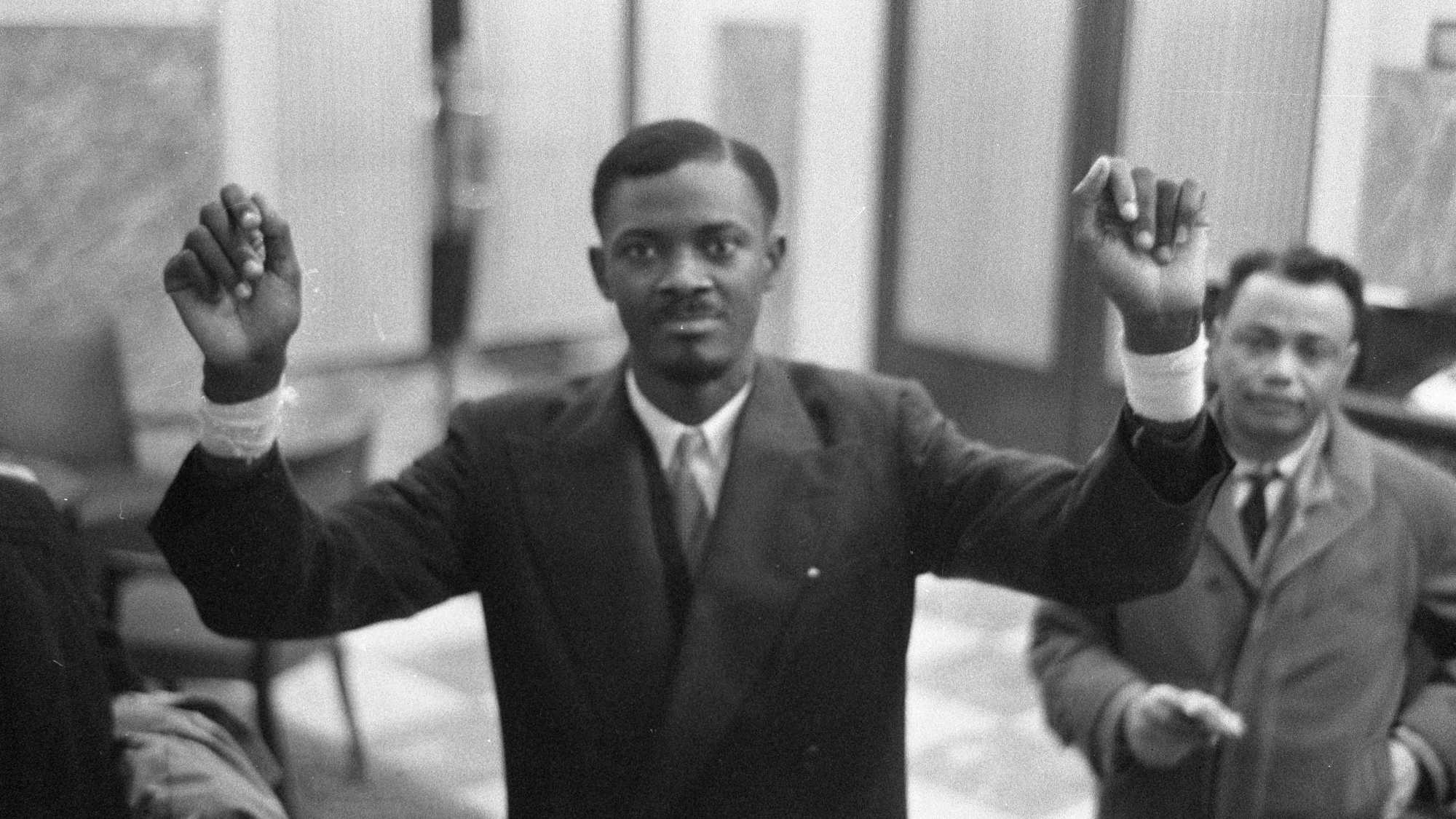An electrifying assemblage of sound and image tells the story of a CIA-backed cold war coup in Congo – and the American jazz musicians weaponised in its cause.

A remarkable film – exhaustive, informative and rigorously researched, but also crackling with energy, ideas and formal daring … Political history has never felt so energising and dynamically alive as it does here.
Screened as part of 2024
Soundtrack to a Coup d'Etat 2024
| Aug 01 | | ||
| Aug 02 | | ||
| Aug 10 |
| ||
| Aug 12 |
|
A deplorable episode in geopolitical history is recounted with vivid, exhilarating energy in Johan Grimonprez’s singular, simmeringly angry documentary. A catalogue of African American jazz music provides not only the kinetic soundtrack but the engine to this story of postcolonial Congo, a newly independent nation of particular interest to the rival superpowers because of the mines at Shinkolobwe, source of the uranium for Oppenheimer’s Manhattan Project.
Against the early-1960s backdrop of a bitter cold war, Black American musical royalty – Louis Armstrong, Nina Simone, Duke Ellington – are dispatched to Africa as “jazz ambassadors”. Unbeknown to the artists, they’ve been weaponised, providing a soft-power cultural smokescreen to more sinister enterprises, including the ousting and assassination of the first prime minister of the Republic of the Congo, Patrice Lumumba, in a plot knitted together with the collusion of the Belgian royal family, the CIA and corporate interests.
In New York, a group protesting the execution of Lumumba, among them Max Roach and Abbey Lincoln, burst into the United Nations security council denouncing “murderers”, delivering a seminal moment in the Black Power movement. Soundtrack to a Coup d'Etat is pieced together in an impressionistic kaleidoscope of archival material, spanning newsreel, newly discovered footage of Lumumba speeches, testimony from mercenaries, and home video clips. — Toby Manhire